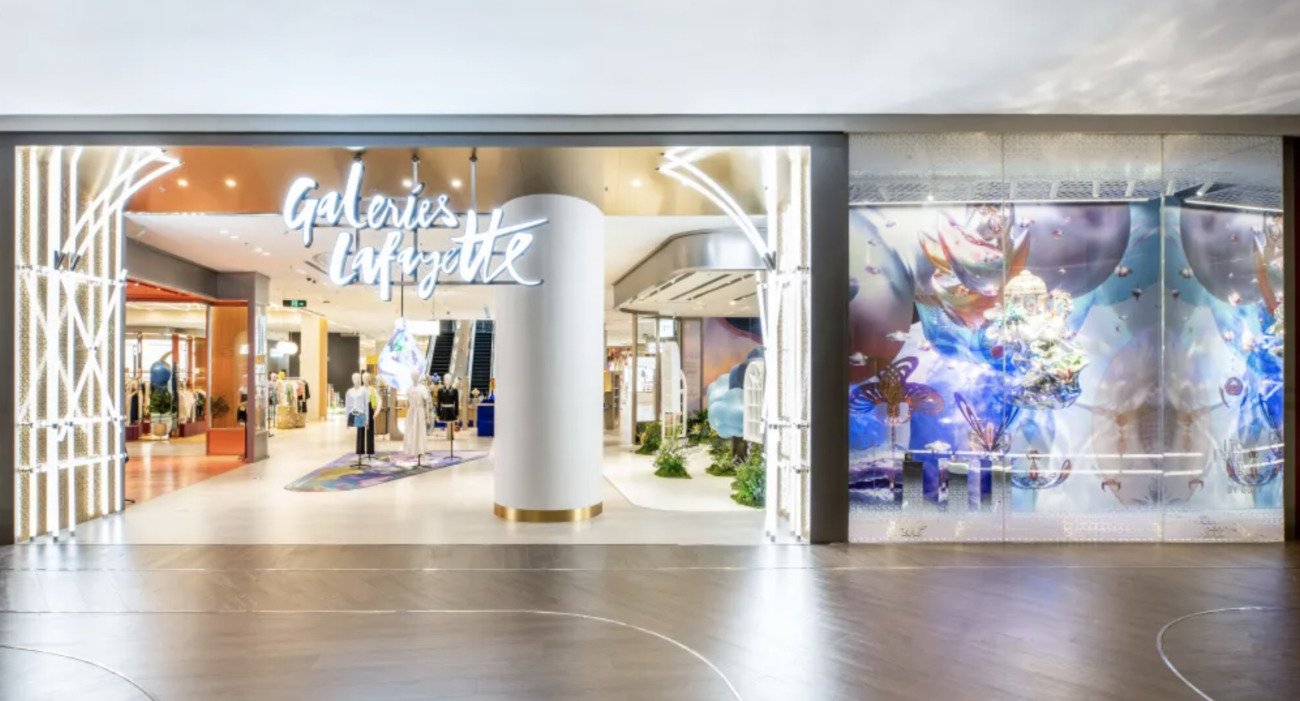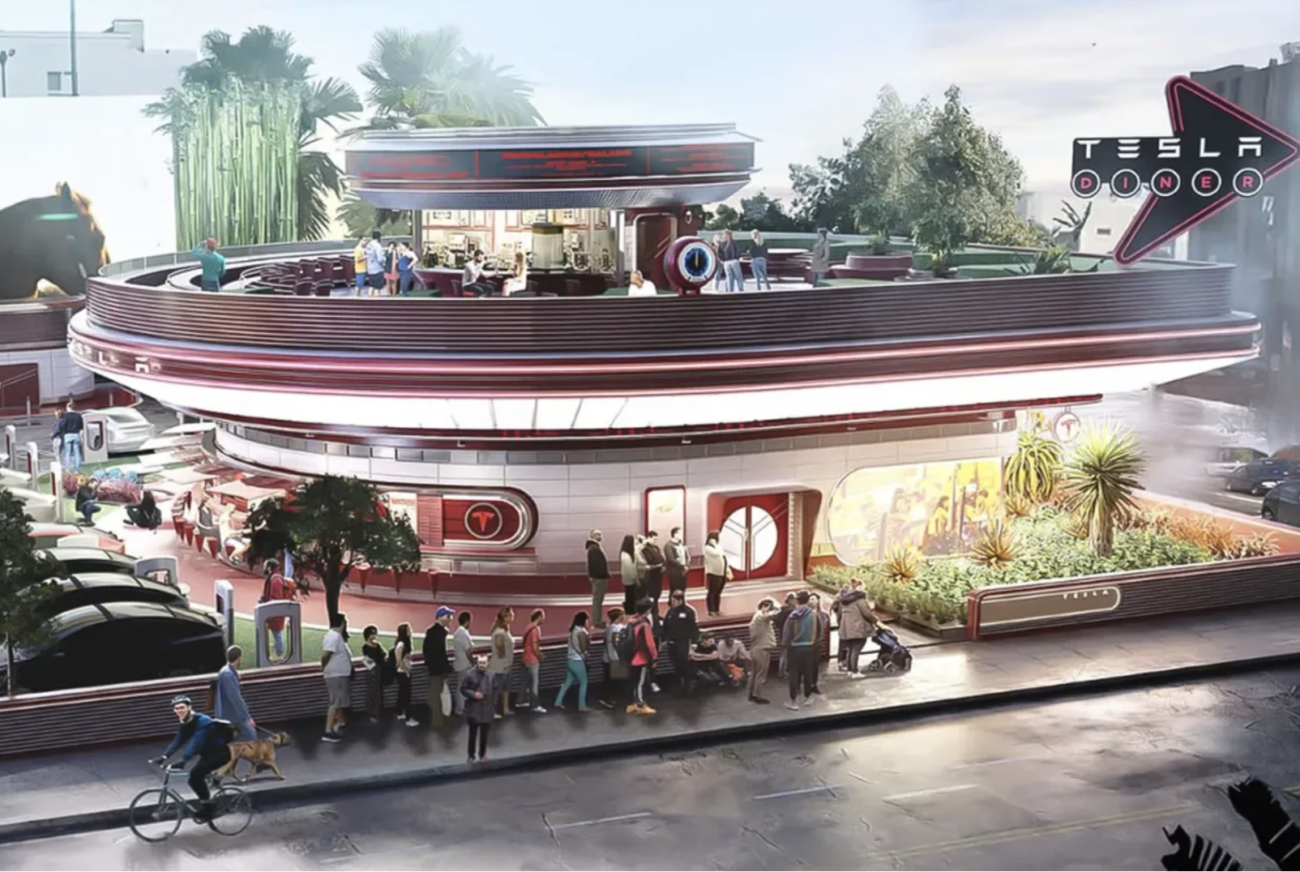10 Ways To Improve Customer Experience
1. Make it easy for the customer: Jeans store uses QR codes to cut the stress out of shopping Shopping can be a trial for some, and it’s a widely held belief that many men can find it more

1. Make it easy for the customer:
Jeans store uses QR codes to cut the stress out of shopping

2. Re-invent your rewards program:
Facebook app lets runners pay with kilometers completed

We’ve seen apps that reward their users with motivational phrases when they exercise. However, Nike Mexico took this a step further with their Facebook auction, Subasta de Kilometros, which allowed runners to accrue points for every kilometre run and then use these points to bid on Nike-branded running gear in the auction. Through this app Nike Mexico cannily provided an extra incentive for runners to keep fit, at the same time as promoting their products.
3. Create a buzz:
In China, virtual reality stores turn open spaces into a supermarket

With the aim of providing a more interactive shopping experience, Yihaodian in China developed augmented reality stores that can only be accessed in certain public locations. When customers point their smartphone in the right direction at locations such as public squares, a virtual store is displayed where items sit on shelves or hang from the walls. This app provides a simulation of a physical retail store so shoppers can feel more immersed in their shopping trip.
4. Utlize Crowdsourcing:
In Denmark, supermarket crowdsources suggestions for local products

As concerns grow over food air miles, and more consumers want to buy local, SuperBrugsen in Denmark has come up with a novel way of ensuring that the produce they stock will appeal to eco-minded consumers. Through their website, customers can suggest particular local items they would like the store to stock, after which managers will taste-test the items to ensure their quality. A clever way to use customer crowdsourcing to ensure that the store only stocks items that will sell. The crowds have also been put to good effect in the Netherlands through the Avoid The Shopping Crowds app that analyses social media feeds to tell the user how busy a shop is before they enter it. Both businesses use crowdsourced data to improve real life experience.
5. Make it convenient:
Mobile app lets retail store shoppers skip the checkout lines

The convenience of popping to the shops for a few grocery items can be hampered by long queues. This was something the brains behind QThru recognised when they developed their app, which allows shoppers to browse, scan and buy products all through their phone. Skipping the queues is an appealing prospect for many, and with that in mind we also saw SoPost, which uses customer’s email addresses to deliver purchases, rather than the traditional home or work address. An interesting idea that reflects the increasingly mobile lives many lead.
6. Be smart with social:
Brazilian fashion retailer displays Facebook ‘likes’ for items in its stores

We’ve seen those involved in retail adjust impressively to the increasingly online world we live in. C&A provided a good example of how the real world and the online can converge to create a modern shopping experience. By displaying Facebook ‘likes’ on small screens embedded in articles’ hangers, the retailers showed the increasing tally of ‘likes’ different items of clothing were receiving from web users. The hope was that approval from the online community would encourage shoppers to purchase an item of clothing.
7. Make it more convenient: Machine accepts cards for tips
 Increasingly, cash is being passed up in favour of card payments. This makes for a lighter purse, but can also mean that cash rituals such as tipping can be left by the way side. DipJar aims to remedy this by offering an easy way for cardholders to tip, in the form of a machine placed near the till that customers need only place their card into quickly for a USD 1 tip to be taken. If they wish to give more they can just place the card the desired amount of times. A simple innovation for the retail industry that encourages generosity in a world where plastic is paramount.
Increasingly, cash is being passed up in favour of card payments. This makes for a lighter purse, but can also mean that cash rituals such as tipping can be left by the way side. DipJar aims to remedy this by offering an easy way for cardholders to tip, in the form of a machine placed near the till that customers need only place their card into quickly for a USD 1 tip to be taken. If they wish to give more they can just place the card the desired amount of times. A simple innovation for the retail industry that encourages generosity in a world where plastic is paramount.
8. Think about what the customer needs:
Selfridges campaign includes quiet shopping areas and debranded products

Facing the shops can be a fraught experience, particularly at busy times such as Christmas. Nowhere are the staff more aware of the stress involved in shopping than at Selfridges, and they decided to lessen the burden for customers by introducing the No Noise campaign. Specifically, when customers entered designated silent areas they had to remove their shoes and hand over their phones. All products in these zones were de-branded. Concern for customers will rarely go unappreciated, and Selfridges may well have earned themselves a few life-long customers with this campaign.
9. Turn product demonstration into theatre: In NYC, bedroom furniture store lets customers nap for free
 Making customers feel comfortable can only increase the likelihood that they will make both a purchase and a return visit. COCO-MAT took this truism quite literally, and offered a try-before-you-buy approach for their beds. Visitors to the store were allowed to nap in the beds for a couple of hours and received a free glass of orange juice, but were not obliged to buy after trying. The idea behind the campaign was to spread word of the bed store and consequently increase footfall.
Making customers feel comfortable can only increase the likelihood that they will make both a purchase and a return visit. COCO-MAT took this truism quite literally, and offered a try-before-you-buy approach for their beds. Visitors to the store were allowed to nap in the beds for a couple of hours and received a free glass of orange juice, but were not obliged to buy after trying. The idea behind the campaign was to spread word of the bed store and consequently increase footfall.
10. Make it easy for yourself:
At Brazilian retailer Memove, RFID tracks merchandise from manufacturer to customer

Shop assistants must dread the words “Have you got any more of…?” seeing as it often prompts a trawl through the back room to see if an item is available in a particular size. But Brazilian Memove’s RFID stock tracking technology could consign such headaches to the past thanks to tags stitched into the clothing that monitor all items from manufacturing to the moment the customer walks out of the shop with the purchased product. Keeping track of the stock supply chain can be made much simpler through the use of technology, and Memove provides a fine example.
Via Forbes
 English
English




